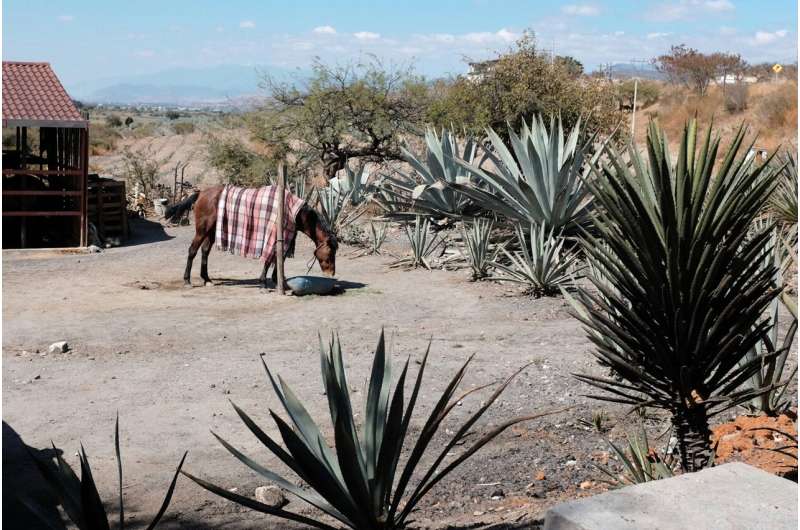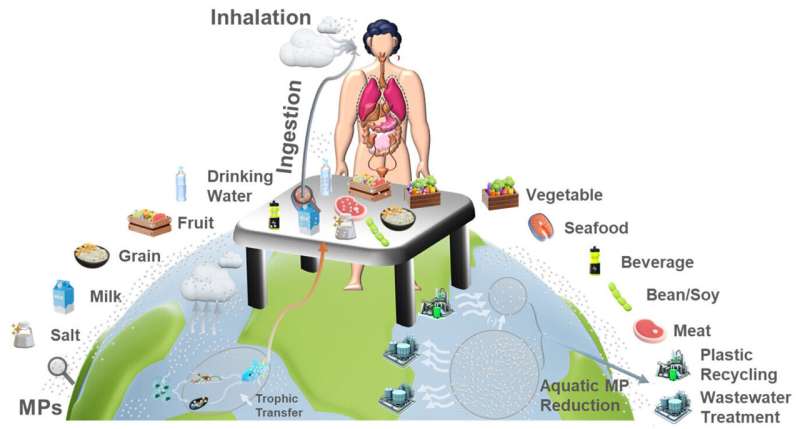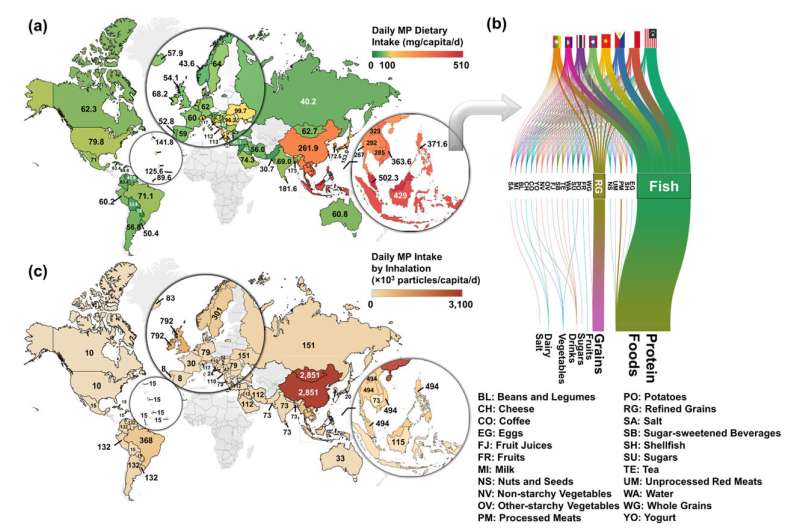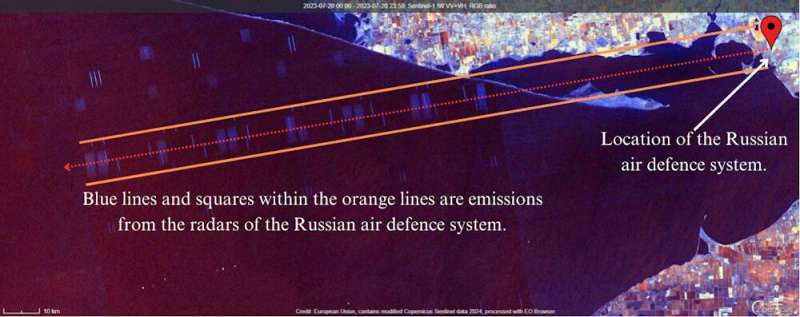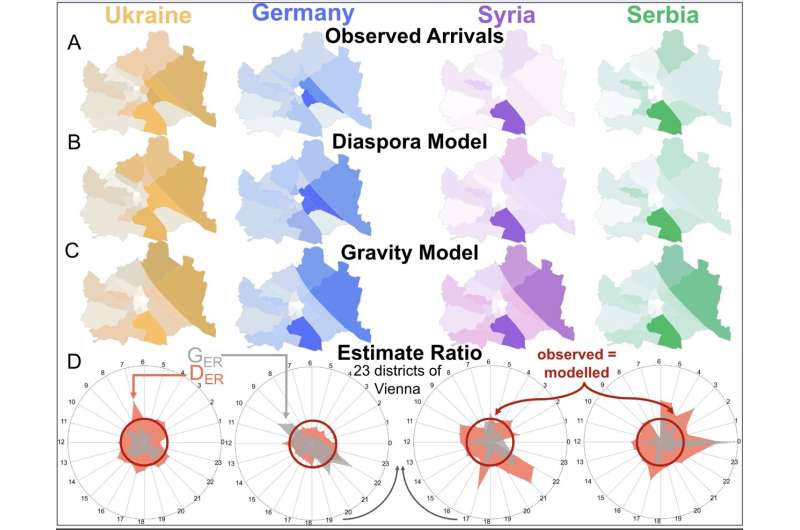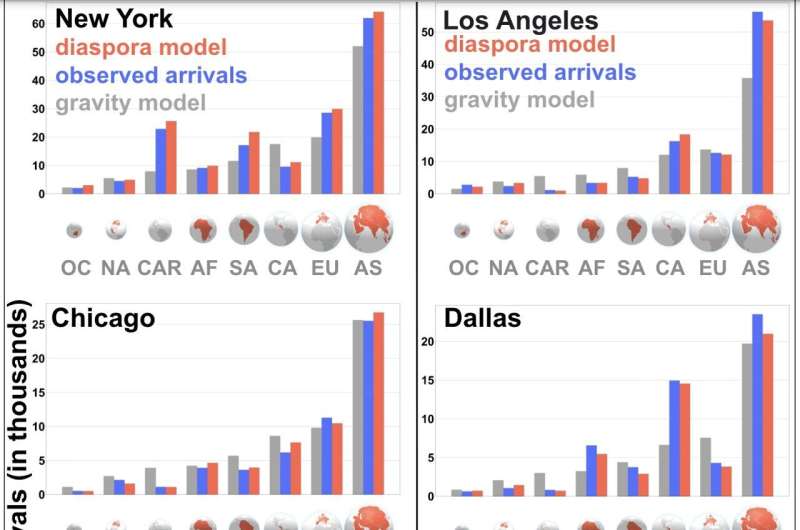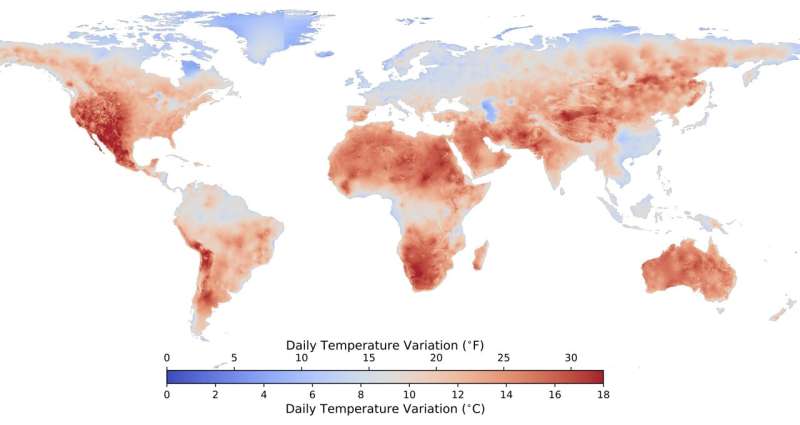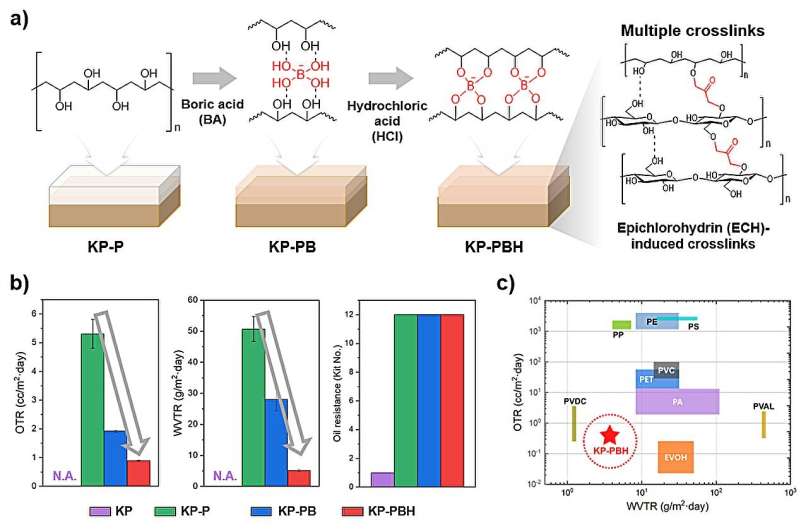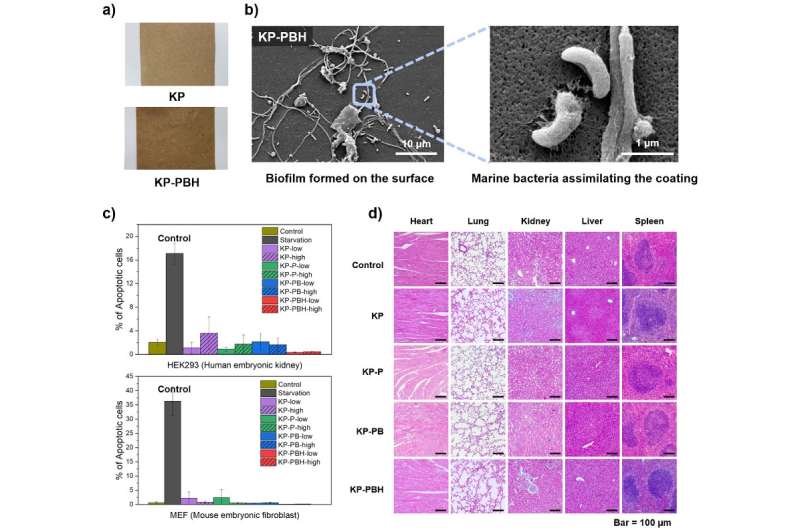Chamber pots, shared toilets and DIY plumbing: China's toilet revolution exposes social inequalities
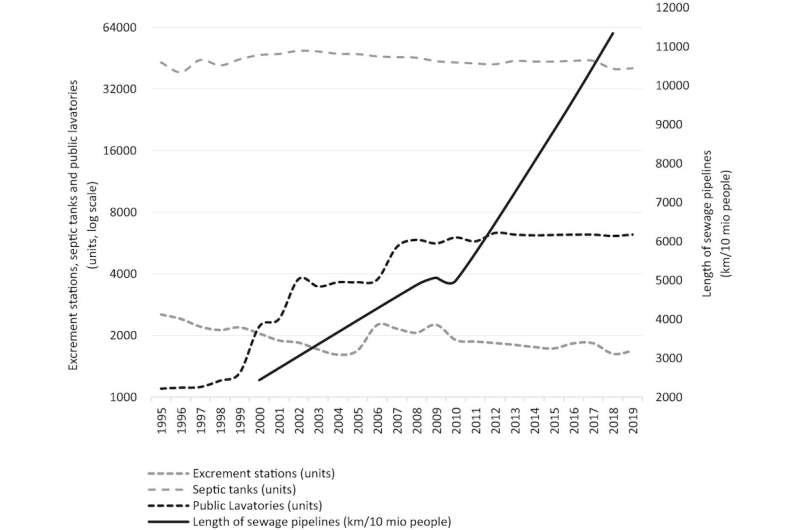
Urbanization in China tends to be depicted in terms of towering skyscrapers and multilane highways—the city reaching upwards and outwards. Not much thought is given to the vast, but less eye-catching, urban infrastructure that shapes and is shaped by the everyday lives of its citizens—such as toilets and sewers.
Until as late as the 2010s, chamber pots were still a common feature of urban life in China. Families shared wooden matong buckets or enamel tanyu, and emptied them at communal disposal sites. The waste thus collected was transported to suburban and rural areas for agricultural use.
In 2015, President Xi Jinping launched the nationwide toilet revolution. By 2020, city councils had added 68,000 more public toilets; by the end of 2022, 73% of rural residents reportedly had access to flush toilets.
But, as research has long shown, urban development and access to the modern sanitation it brings is unequal. When a poorer neighborhood is slated for redevelopment, indoor plumbing is often not considered a priority.
Residents in older, poorer urban areas continue to rely on chamber pots and neighborhood waste collection services. And not all newer areas are connected to the municipal sewage network either; some depend on septic tanks that have to be frequently emptied.
Attitudes, too, are shifting slowly. In newer and older neighborhoods alike, local residents often attribute poor sanitary conditions in public spaces to migrant populations. This leads to discrimination and sometimes even intimidation.
Our recent study looks at how sanitation in the east coast city of Shanghai is shaped by socioeconomic inequality. We have found that it isn't just about cleanliness—sanitation is also about power, culture and social norms.
Everyday sanitation practices
Between 2019 and 2022, our research team visited six diverse neighborhoods in the heart of Shanghai, conducting interviews with 54 residents of different genders, ages and places of origin. We wanted to understand how cultural and social norms are embedded within people's daily hygiene practices, and to what extent existing sanitation infrastructure meets their needs. We also wanted to see what inequalities both this infrastructure and people's routines create and recreate.
We found that sanitation practices are not just about biological rhythms, but the rhythms of everyday life. Residents who do not have flush toilets at home have to schedule visits to public bathrooms in between shopping, going for walks and exercise.
In other older neighborhoods, instead of public bathrooms, multiple households in a building or on the same lane might share a toilet. Residents have to plan their visits to avoid busy times, before and after work.
In some older neighborhoods and those slated for redevelopment, people continue to use chamber pots. They empty them at collection stations twice a day, in the morning before heading to work and in the evening before going to bed.
Rapid urbanization in China has brought unprecedented numbers of migrants into Shanghai and other cities from the countryside. The long-term residents of older neighborhoods we spoke to said repeatedly that these rural-to-urban migrants, who are often overworked and starved for time, do not always follow local customs when disposing of their waste.
Some might, for example, cover their chamber pots with plastic bags and dispose of the contents, bag and all, at the collection stations. This has often led to blockages and overflows, which represent a significant public health hazard. As one resident, migrant worker Lou*, put it: "Urbanites blame migrant workers for making public toilets dirty."
In turn, migrant workers are critical of the people in these older neighborhoods who still use chamber pots. In their home villages and towns, this old-fashioned system—which they consider backwards—has long been replaced by private or shared toilets.
Sanitation infrastructure in Shanghai, 1995–2019
Public or shared toilet blocks sometimes lack the facilities women need, including menstrual waste disposal. When Zhu, a 25-year-old migrant worker, was pregnant, she said she felt helpless because the public bathroom was equipped with urinals only, not toilets with seats. This led her husband to install a private flush toilet inside their rented home.
DIY toilet installation—tolerated by local authorities—is common practice. However, these toilets are often connected directly to storm water sewers, which can lead to unpleasant odors, sewage overflow and, potentially, drinking water contamination.
When connected to septic tanks, there are other challenges. Yu, a 70-year-old local resident, pointed to the economic disincentives at work. Instead of emptying them completely, she said sanitation workers seem to prefer to increase the frequency of their visits. Doing so is more profitable.
The shift to water-based, sewer-networked sanitation and chemical fertilizers in agriculture has decreased the value of human waste. Sanitation professionals are no longer interested in maximizing the amount of waste they collect.
Private flush toilets are typically more common in affluent neighborhoods. This has brought about new social norms and hygiene practices. Men and boys are expected to put the toilet seat down after urination for the convenience of women and girls. Parents use toilet seat covers to prevent the transmission of pathogens through children's direct contact with water or droplets from flushing.
Qiu, a 33-year-old man, said having his first child changed the way he thought about sanitation: "My wife's careful selection of hygiene products for our baby made us more conscious of personal hygiene."
As a result of these changing attitudes, hygiene products—wipes, tissues, seat covers—have become increasingly popular. This has obvious implications for the increased production and disposal of (solid) waste.
Even in neighborhoods where people have access to private toilets, however, chamber pots have not disappeared entirely. Yu told us that her elderly neighbors tend to still keep one by their bedside.
This is not only a matter of convenience but nostalgia and cultural heritage. Traditionally, the humble chamber pot—also known as zisun tong, or offspring pot—is an item of value for Han people, given as a wedding present by the bride's family. In a rapidly changing world, it continues to resonate with meanings beyond personal hygiene.
*All names in this article have been changed to protect the interviewees' anonymity.
Provided by The Conversation
his article is republished from The Conversation under a Creative Commons license. Read the original article.![]()
